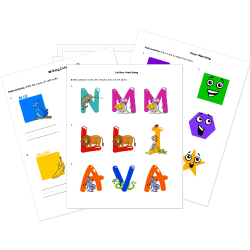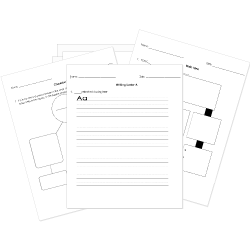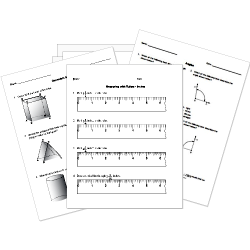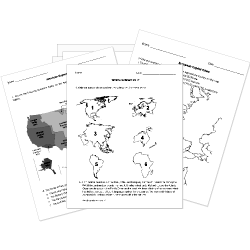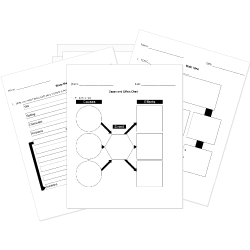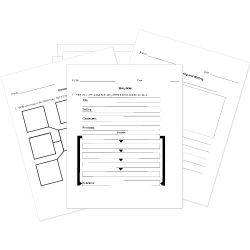Thermal Energy and Everyday Life
Thermal Energy and Everyday Life
This lesson aligns with Next Generation Science Standards (NGSS) PS3.A
Introduction
Thermal energy is a form of energy that an object possesses due to the movements of atoms and molecules in matter. Thermal energy is the internal kinetic energy of the object which comes from the random movements between the molecules and atoms of that object. This energy is transferred from one object to another through heat transfer. Thermal energy plays an important role in our everyday lives, and we use it in many ways, from cooking food to keeping our homes warm in the winter. In this article, we will explore the different ways thermal energy impacts our daily lives.
Cooking
The molecules and atoms that make up matter move all the time. When we heat the object, the increase in temperature makes these particles move faster and collide with each other. The faster these molecules and atoms move, the higher the thermal energy of the object.
Cooking is one of the most common examples of how we use thermal energy in our daily lives. When we cook food, we are using heat energy to raise the temperature of the food, which causes chemical reactions to occur that help break down the food and make it easier to digest. The heat energy we use for cooking can come from a variety of sources, including electricity, gas, or firewood.

Heating and Cooling
Warming homes and buildings is an obvious way in which thermal energy can be used. During the winter months, we use thermal energy to heat our homes and keep us warm. This can be done through a variety of methods, including using electric or gas heaters, or by burning firewood.
During the summer months, we use thermal energy to cool our homes through the use of air conditioning or refrigerator units, which work by removing heat from the air and transferring it outside. For example, in a refrigerator, thermal energy is converted from the cool air inside the refrigerator to the warmer air in the kitchen.

Transportation
Thermal energy also plays an important role in transportation. Cars and other vehicles use thermal energy to power their engines, which convert the energy from burning gasoline or diesel fuel into kinetic energy that moves the vehicle forward. This process also generates a lot of heat, which must be dissipated through the radiator to prevent the engine from overheating.
Electricity Generation
Thermal energy is also used to generate electricity. Many power plants use thermal energy to generate electricity by burning fossil fuels such as coal or natural gas, which release heat that is used to create steam. This steam then powers turbines, which generate electricity that is distributed to homes and businesses.
Chemical Reactions
Thermal energy is also involved in many chemical reactions that occur in our daily lives. For example, when we light a match, the heat from the flame causes a chemical reaction to occur that ignites the matchstick. Similarly, when we cook food, the heat causes chemical reactions to occur that break down the food and make it easier to digest.
Thermal Insulation
Thermal insulation is another important application of thermal energy in our daily lives. Thermal insulation refers to the different ways we attempt to inhibit the transfer of heat from one object to another. This involves using materials that have low thermal conductivity to reduce the transfer of heat between different objects. For example, we use insulation in our homes to keep them warm in the winter by reducing the amount of heat that is lost through the walls and roof.
Summary
- Thermal energy is an important form of energy that is used in many ways in our daily lives.
- From cooking food to heating our homes, thermal energy plays a crucial role in making our lives comfortable and convenient.
- By understanding how thermal energy works and how it is used, we can better appreciate the role it plays in our daily lives and work to use it more efficiently.
Related Worksheets:






